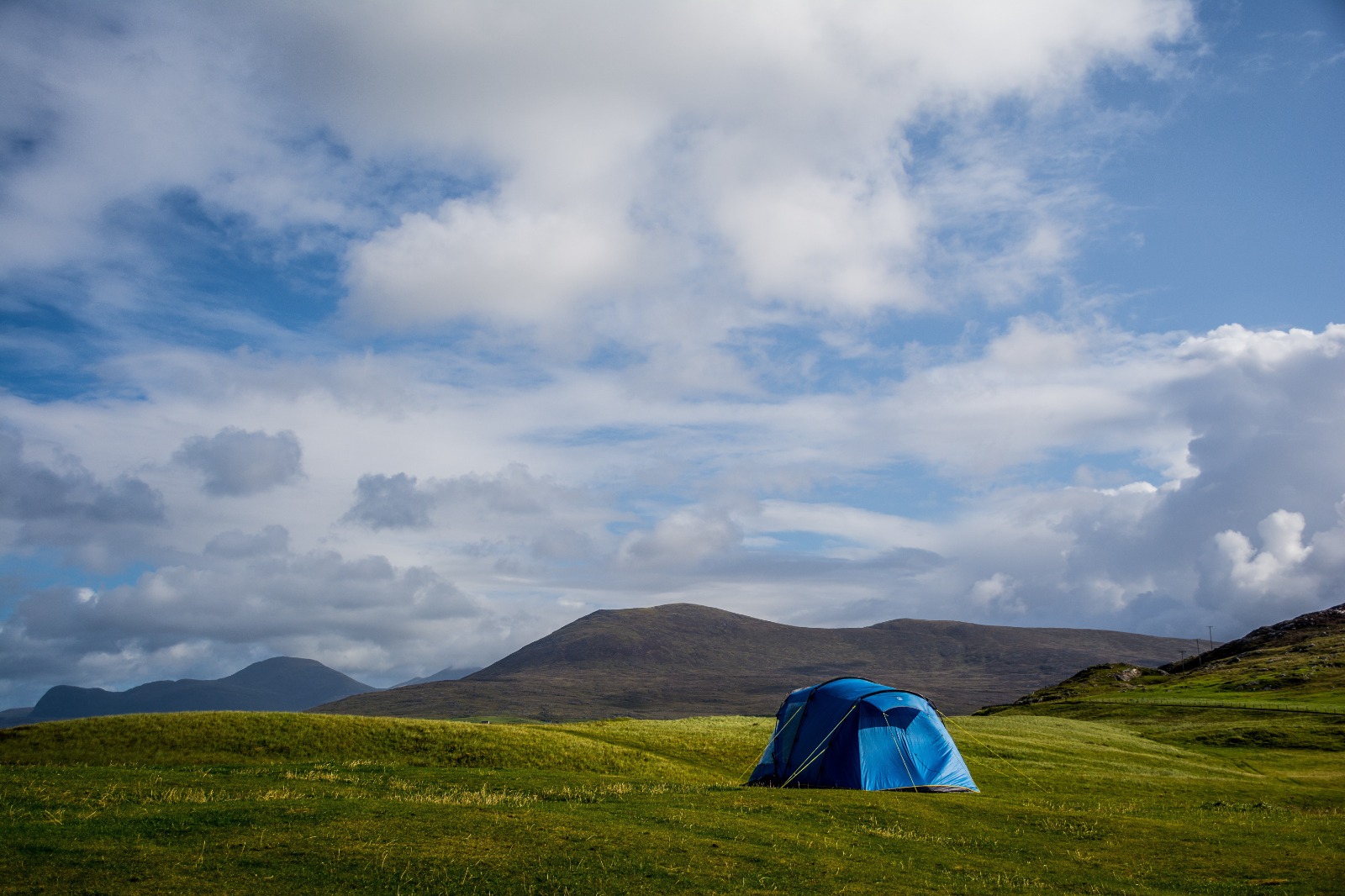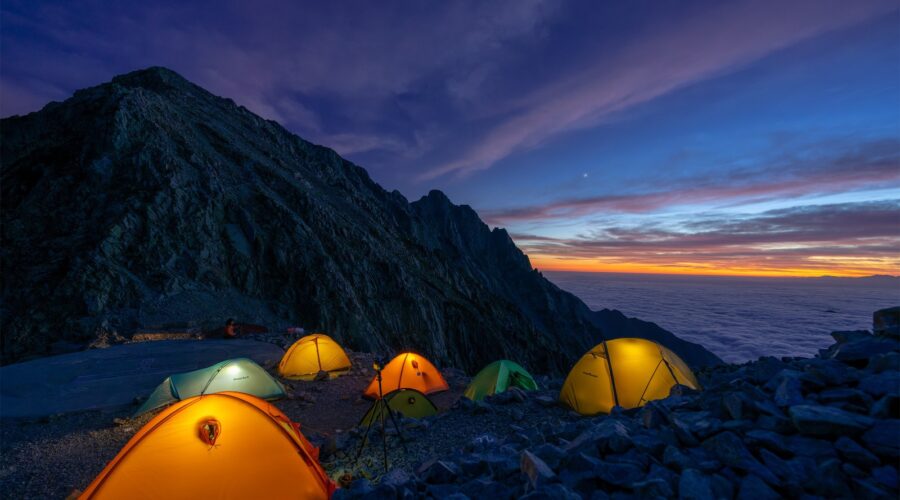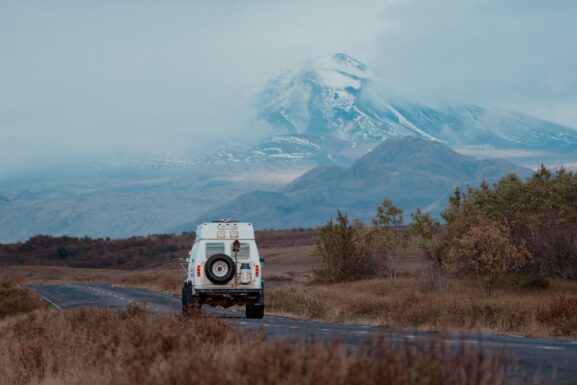What Is Overlanding and Why You Should Try It

1) What is Overlanding?
Overlanding is a form of self-reliant travel that involves exploring remote or off-the-beaten-path destinations with or without using a vehicle. The term “overlanding” originated from the concept of going on extended journeys or expeditions over land.
Unlike traditional tourism, It focuses on the journey itself rather than the destination. It often involves traveling through diverse terrains such as deserts, mountains, forests, and other challenging environments. Overlanders aim to immerse themselves in nature, experience different cultures, and gain a deeper understanding of the places they visit.
It usually involves carrying all the necessary equipment and supplies for self-sufficiency during the trip. This can include camping gear, cooking equipment, food, water, tools, spare parts, and other essentials. Overlanders often stay at campsites, set up their own temporary camps, or utilize established accommodations along their route.
It allows travelers to connect with nature, explore remote areas, and experience a sense of adventure and independence. It has gained popularity in recent years as a way for people to escape the confines of traditional travel and explore the world on their own terms.
2) Does Overlanding means using a Caravan or a Big Expensive Vehicle?
While some overlanders use a vehicle, it is not an absolute requirement.
The essence of overlanding lies in self-reliant travel and exploring remote areas, so the choice of transportation depends on the destination and individual preferences.
Using a vehicle provides several advantages for Overlanding. It allows you to access remote and rugged terrains, carry essential supplies and equipment, and provide a mobile shelter for camping.
However, it is possible to engage in Overlanding without a vehicle. Some alternatives include:
Motorcycles: Adventure motorcycles designed for off-road riding can be an excellent choice for Overlanding. They offer agility, maneuverability, and the ability to explore diverse terrains while carrying essential gear.
Bicycles: For physically fit and adventurous individuals, long-distance bicycle touring can be a form of overlanding. It allows you to cover significant distances under your own power and provides a more immersive experience in nature.
Hiking or Trekking: Overlanding on foot involves extended hiking or trekking journeys, often incorporating camping and self-sufficiency. This approach requires careful planning, lightweight equipment, and the ability to navigate long distances on foot.
Public Transportation and Hitchhiking: In certain regions, it may be possible to overland by utilizing public transportation, such as buses, trains, or ferries. Additionally, hitchhiking can be an option for traveling between destinations, although it may limit flexibility and self-sufficiency.
Ultimately, the choice of transportation for Overlanding depends on the specific travel goals, the destination’s accessibility, and personal preferences.
So keep traveling by any means and enjoy the Overlanding!!!


